Table of Contents
1. Understanding Cockatiel Behavior

Before starting How to Train Your Cockatiel: Fast Results Guide about training it’s essential to understand your cockatiel’s natural behaviors. Cockatiels are social and curious birds that thrive on interaction with their owners. They may display nervousness or excitement by raising their crests. Observing your bird’s body language will help you gauge their mood. Understanding this will ensure you’re training them at the right time, reducing stress and making the process more enjoyable for both of you.
2. Building Trust with Your Cockatiel

Training can only start after your cockatiel trusts you. This process might take days or even weeks, depending on the bird’s personality. Start by spending time near their cage, talking softly. Offering treats through the bars is another effective way to build trust. Slowly, your cockatiel will feel comfortable with your presence, and this is when they’ll be most receptive to learning new things. Trust is the foundation of all training.
3. Using Positive Reinforcement

Positive reinforcement is one of the most effective ways to train cockatiels. Rewarding good behavior with treats or praise will encourage them to repeat the behavior. Use treats they love, such as millet or small pieces of fruits. Keep training sessions short, around 10-15 minutes, to maintain your bird’s focus. Over time, they’ll associate positive actions with rewards, making training smoother and enjoyable.
4. Teaching Basic Commands

Start with simple commands like “come” or “step up.” Hold out your finger and gently coax your cockatiel to perch on it, saying the command clearly. Reward them with a treat once they obey. Repetition is key; practicing these commands daily will help your cockatiel understand what you’re asking of them. Patience is crucial during this phase, as some birds take longer to grasp commands.
5. Training for Finger Perching

Getting your cockatiel to perch on your finger is one of the first and most rewarding steps in training. Start by gently pressing your finger against their lower belly while saying “step up.” Most cockatiels will naturally hop onto your finger. Be gentle and patient, as forcing the bird can lead to mistrust. Always reward them with a treat and gentle praise when they comply.
6. Teaching Your Cockatiel to Talk

Cockatiels are known for their ability to mimic sounds and words. Start by repeating simple words like “hello” or their name. Speak to them in a clear, calm voice, and reward them when they attempt to mimic the sounds. Male cockatiels are typically better at talking than females, but with enough time and practice, both can learn. Training sessions should be short and positive to encourage progress.
7. Introducing Step-Up and Step-Down Commands

The “step-up” and “step-down” commands are fundamental for handling your cockatiel. To train the “step-down” command, gently place the bird on a perch and say “step down.” When they obey, reward them with a treat. Practice these commands daily so your cockatiel becomes used to moving on and off your hand with ease. These commands will make handling your bird more convenient in everyday situations.
8. Training Your Cockatiel to Perform Tricks

Once your cockatiel has mastered basic commands, you can move on to teaching fun tricks like spinning or shaking hands. Use the same positive reinforcement techniques by rewarding them with treats and praise when they perform the trick correctly. Tricks take time and patience, but they also strengthen your bond with your cockatiel and keep them mentally stimulated.
9. Consistency is Key in Training

Consistency is essential when training a cockatiel. Try to train them at the same time each day, in the same location, to create a routine they can rely on. This will make them more comfortable and willing to engage in training sessions. Be patient if progress seems slow; every cockatiel learns at its own pace. With time and consistency, your cockatiel will respond positively to commands.
10. Using Clicker Training
Clicker training is a technique that involves using a small clicker to signal the bird has done something right. The sound of the clicker is quickly associated with a reward, making it easier for the cockatiel to understand when they’ve done the desired action. Clicker training is an efficient way to train birds, and many owners find that it accelerates the learning process.
11. Socialization with Other Pets

If you have other pets at home, it’s important to train your cockatiel to interact with them safely. Gradual introductions are key. Start by letting the pets observe each other from a distance before allowing closer interactions. Supervise these meetings closely to avoid stress or aggression. Teaching your cockatiel to socialize will create a more harmonious household.
12. Addressing Problem Behaviors

Every cockatiel has its quirks, but some behaviors, like biting or excessive screaming, can become problematic. Address these issues by understanding the root cause—boredom, fear, or territorial behavior. Once identified, redirect their attention with training and enrichment activities. Never punish your cockatiel; instead, reward positive behaviors to encourage better habits.
13. Recommended YouTubers for Cockatiel Training

To deepen your knowledge on cockatiel training, several YouTubers provide great tutorials. One popular channel is BirdTricks, which offers a wide range of videos on training cockatiels and other birds. Parrots Awesomeness is another respected bird trainer who shares practical tips for improving your bird’s behavior. Watching these experts will help you further understand training techniques.

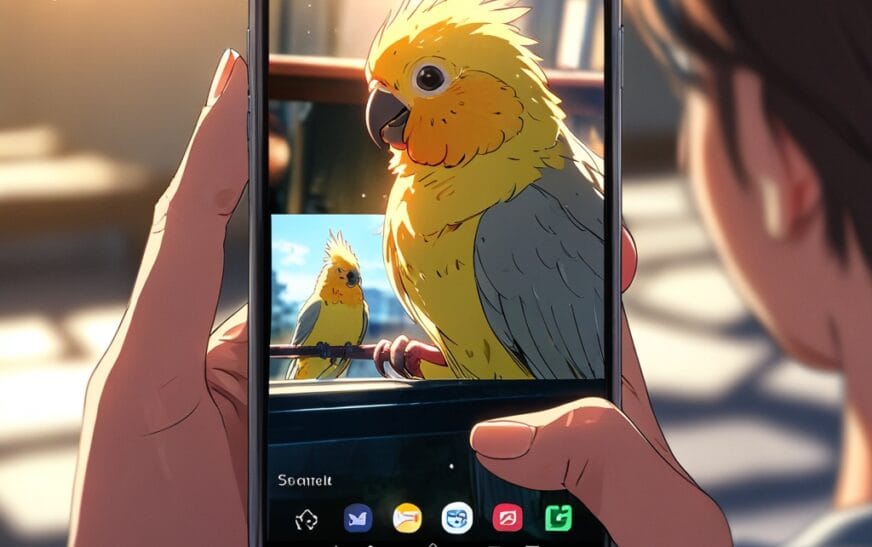



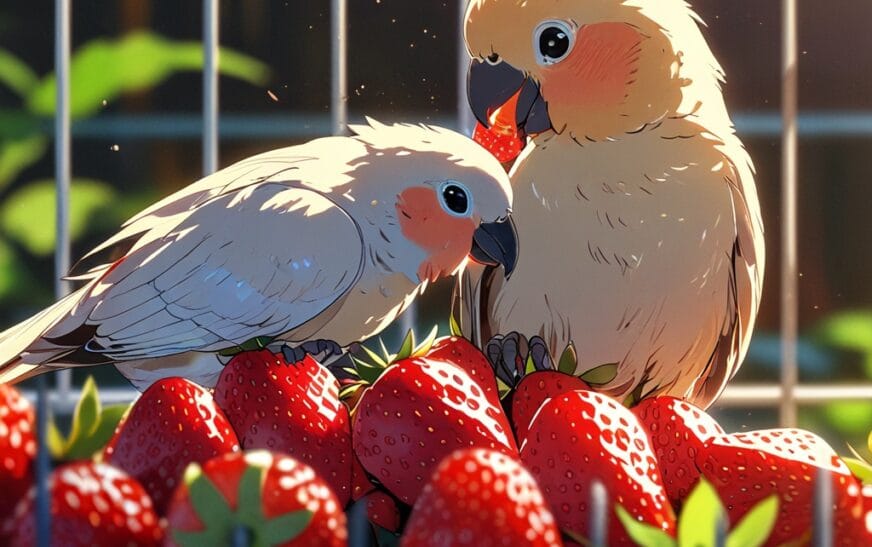

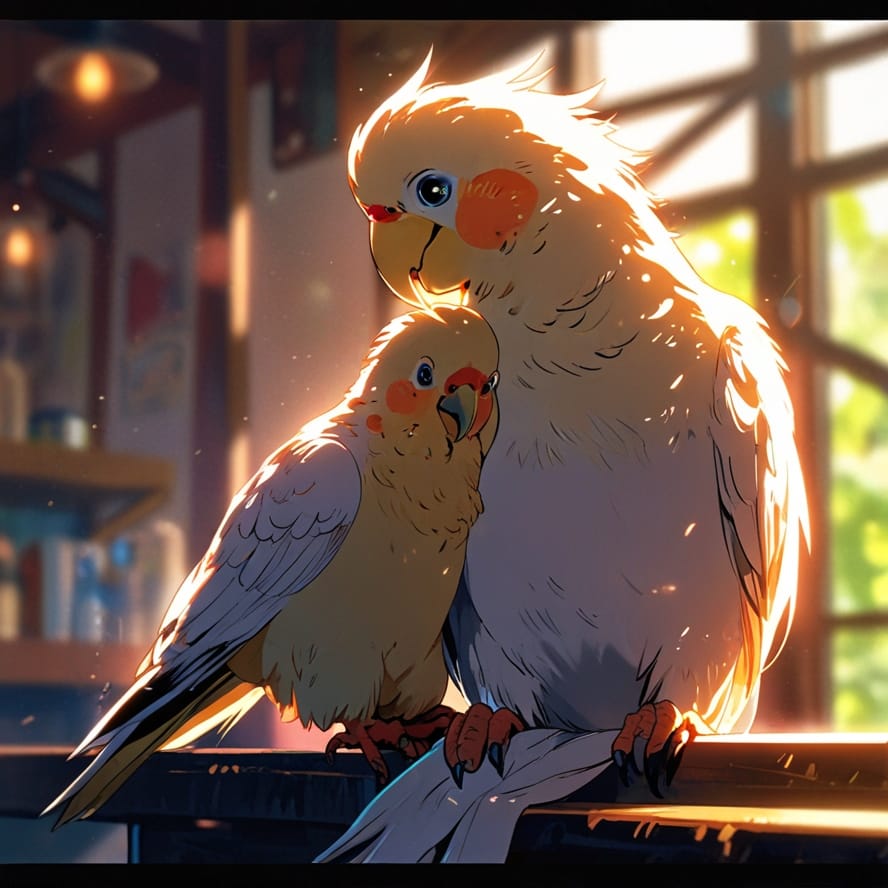




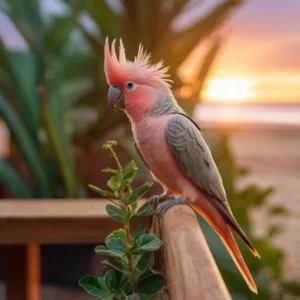
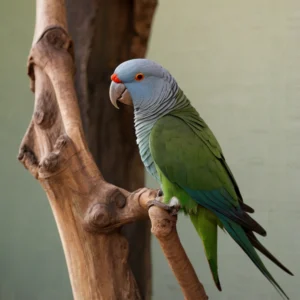
1 Comment
[…] Patience and rewards, like treats or praise, help build trust between you and your bird, making training an enjoyable experience for […]